|
C-11Sensibly equivalent¶ to:11 M11 SLD11 WD11
|
|
|
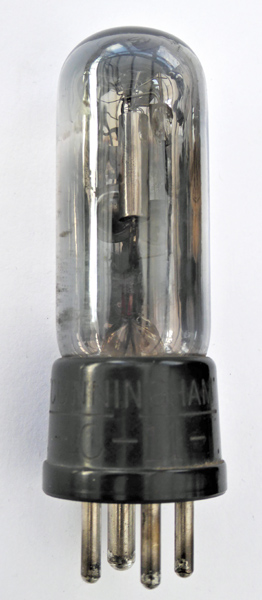
|
The C-11 from Cunningham is a directly heated battery triode designed for a single dry cell in the filament circuit. The C-11 was fitted with a special WD base. Tyne gives the development as below.Work on this valve started at the Westinghouse laboratories in Bloomfield, New Jersey in mid to late 1921. It was designed for use as a detector in the Westinghouse Aeriola Senior radio. This set was announced in the RCA catalogue 'Radio Enters The Home' published June 22nd, 1922.Oxide coated, first without getter then lime-getter. First form with a brass base (BB) with tip. Second has Bakelite base and is smaller, tipped. Third version is Bakelite, no tip, clear. Then Bakelite, no tip but opaque getter (not clear). The last version of this valve had silvered gettering. The anode pin has a larger diameter than the others. It was made by a few of the major manufacturers in the US, Mullard in England (M.D.3A) and Philips in Holland listed the base as available.The type 12 was the same valve but fitted with the more common UV base.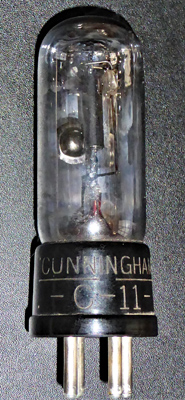
The Bakelite base with the Maker's name and Type designation presses into it and filled with white paint.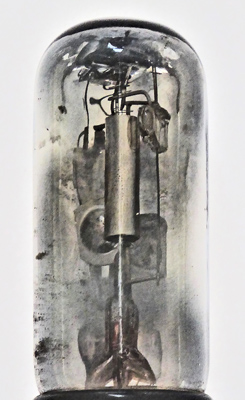
The tubular anode with glass bead to the right to hold the top electrodes.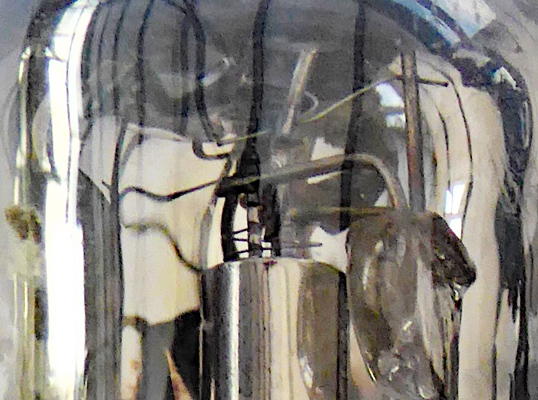
The control grid is helical and fixed at one side to a support rod. The filament is a single vertical strand.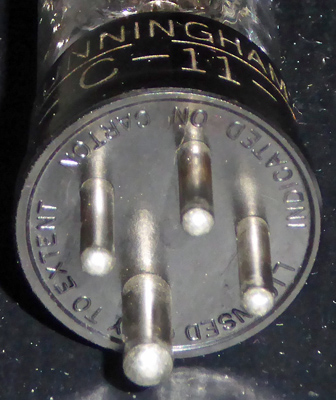
The four pin base. The larger pin is the anode to ensure the correct orientation.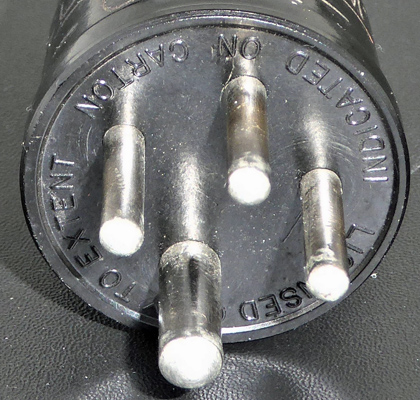
The licence wording on the base reads: Licensed to extent indicated on carton.Thanks to Peter Bates for sending these images.The thin glass tube envelope is mm in diameter and, excluding the base pins, is mm tall.References: 1047 & 3002. Type C-11 was first introduced in 1922. See also 1922 adverts. |
Pin Connections
| 1 | 2 | 3 | 4 |  a | f | g1 | f |
|
|
Absolute Maximum Operating Conditions¶
| Vh | Ah | Va | Vg | mAa | ra | gm | μ | 
| 1.1 | 0.25 | 90 | -4.5 | | 15,500 | 0.425 | 6.6 |
|
Updated April 13, 2021.
|
|